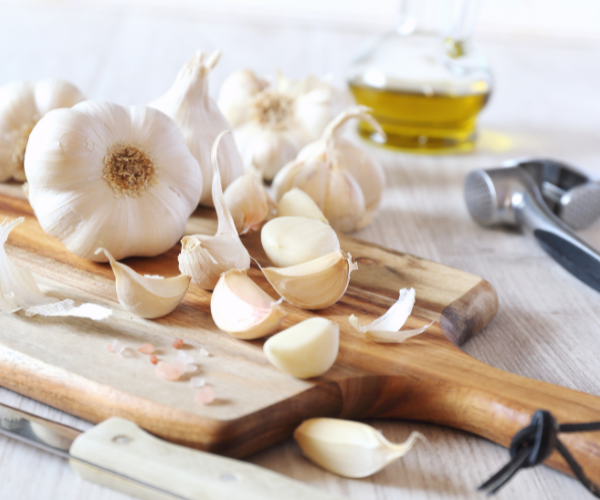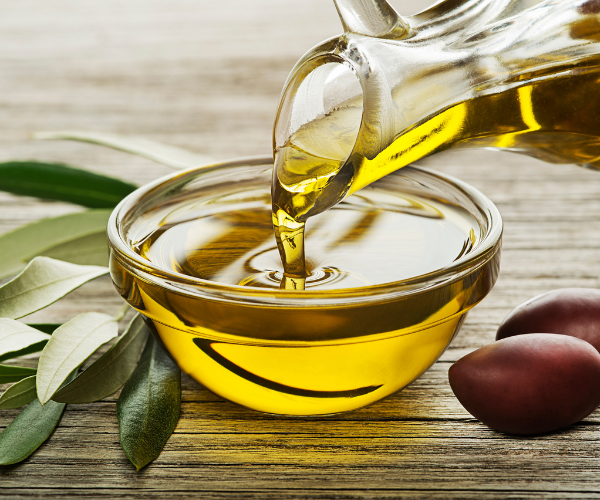We all know food itself is the basic ingredient (pun intended) of nutrition, but did you know that what you do in the kitchen can scientifically impact the nutrition of your foods as well?
Take two million years ago when humans first threw a piece of food into the flames of a fire: that simple act of altering our food led to a surge in human brain size as we learned to cook our foods to metabolize different nutrients better (mind literally blown). While throwing a steak at a fire isn’t going to turn you into Albert Einstein (although maybe it’d be a trendy TikTok video), the way we cook and handle food can be pretty powerful in directly altering the nutrition of our food and our health.
Here are four hacks in the kitchen backed by nutrition science that may just blow your mind:
- Let garlic sit and wallow in its emotions for 10 minutes after cutting or crushing.

However, if you crush garlic and immediately throw it into an oven (say with some carrots or potatoes to roast), the enzyme that creates allicin can be destroyed by heat and therefore, you won’t get as much allicin or its protective effects. So, the next time you need some garlic, chop or crush it, then let it sit for 10 minutes to do its thing before cooking.
- Don’t store your olive oil next to the oven or by a window.

- Embrace the peels of fruits and vegetables, they want to share the love too.
Even scarred or blemished produce have been shown to have higher antioxidant levels compared to unblemished produce, most likely as a result of having to “gear up” for battle against environmental stress. So, make sure to wash and scrub your produce with clean water before using (this can get rid of 98% of surface bacteria), but maybe try to keep the peel on sometimes or buy some “ugly” produce and embrace those beautiful imperfections.
- Different cooking methods destroy or enhance certain nutrients.
In general, water-soluble vitamins (think vitamin C and B vitamins) are at the highest risk of being destroyed with high heat cooking or lost when they leach out into the cooking water that isn’t later used. However, some nutrients are actually preserved or made more bioavailable upon cooking such as lycopene, (a phytonutrient in tomatoes that is released from cell walls when broken down with cooking) or glucosinolate, (another phytonutrient that is best retained in broccoli when steamed, sautéed or baked just to al dente). This arena can be a big rabbit hole to dive into, but the big picture is: use a variety of cooking methods to make sure you’re maximizing (and minimizing) different nutrients to level out your playing field.
A great way to learn some of these methods of cooking is to sign up for our virtual Building Blocks series where you can choose to join one or all of the nine courses that focus on a comprehensive curriculum (the next one is this Saturday, August 6th on fish butchery and cookery)!
